Creating simple centers outdoors is not only easy but economical. To demonstrate this – I want to share a simple center. This center could be a solo activity or group collaboration.
OBJECTIVE: Sorting, Classifying, & Pattering.
Sorting and classifying objects not only teaches children about attributes and relationships, but also promotes thinking logically and applying rules.
MATERIALS: Fallen Leaves and a place to work. We used a stump. You could use concrete, the grass . . .any flat surface. It is helpful to have a defined working space like the round top of the stump.
CENTER TASK: Gather at least 25 leaves of different colors. Sort the leaves into color groups. Make a pattern using those leaves.
Step One: The children gathered fallen leaves and put them in the middle of a stump “table.”
Step Two: The children compared leaves, then categorized or classified them by color.
Step Three: We described and compared the differences of the leaves that were sorted. This gave us the data of observable characteristics beyond color and other possible ways of sorting the leaves.
Step Four: Next I challenged the students to create a pattern. I did not put any criteria on the pattern making. I just asked for a pattern. Patterning forms the foundation for analytical thinking,
Step Five: Once the “pattern” had been created – we investigated the creation and its attributes. We found where we could observe a pattern. Taking photos of children's patterns provides valuable documentation of developmental growth.
Step Six: Additional items were added to the design (mandala). Symmetry emerges.
This center provided hands-on exploration of four key mathematical concepts: sorting, classifying, patterning and symmetry. There was no cost to the materials used – the stump was given to the center by a tree removal company, and the leaves were abundantly available on the ground.

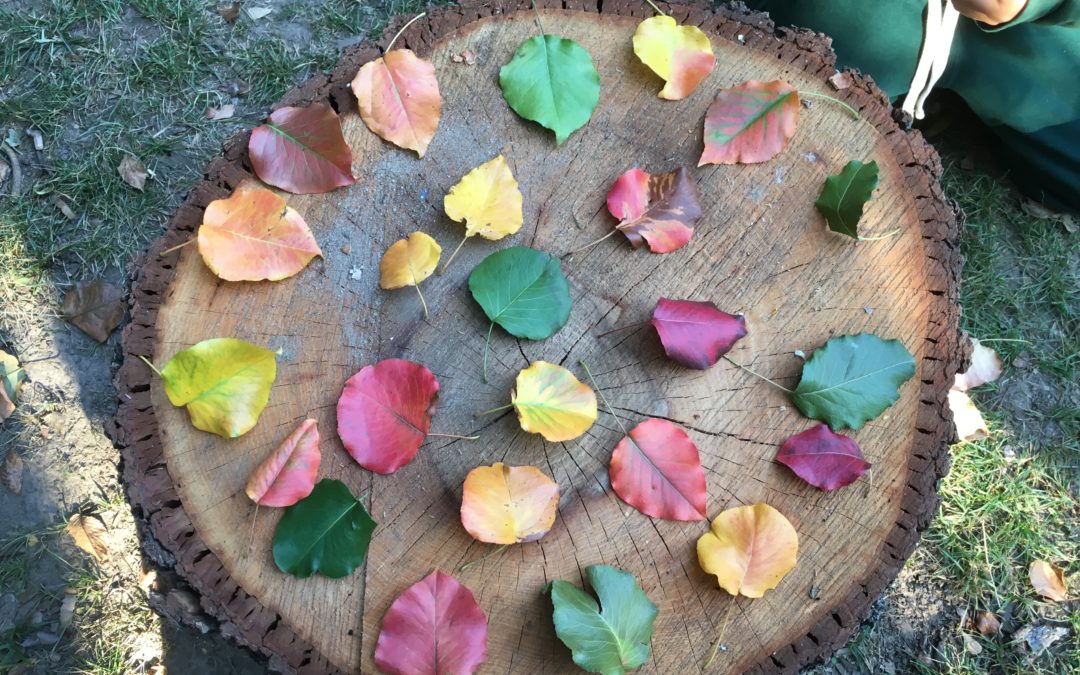


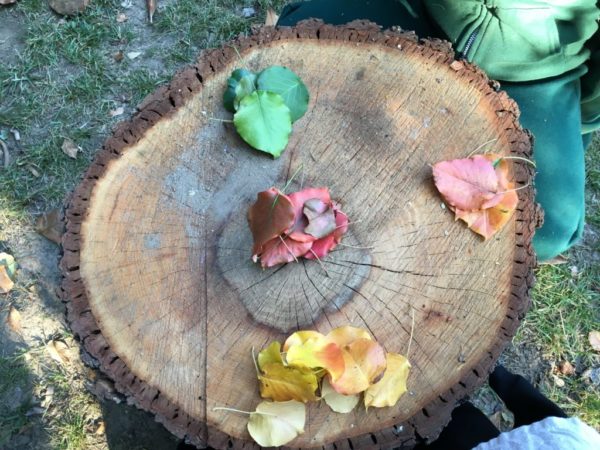
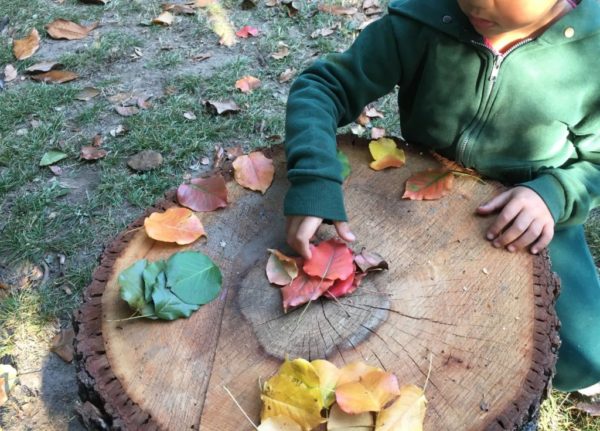

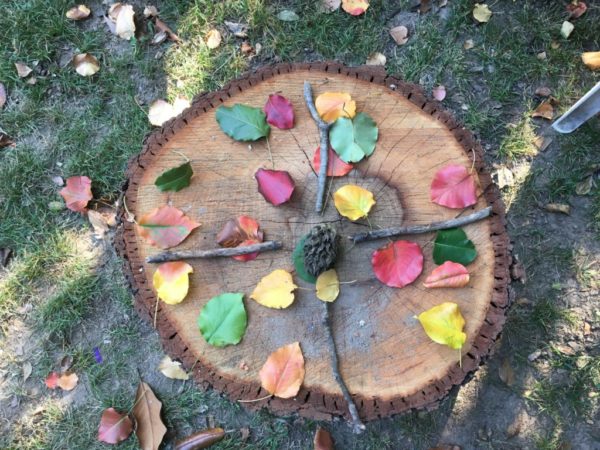

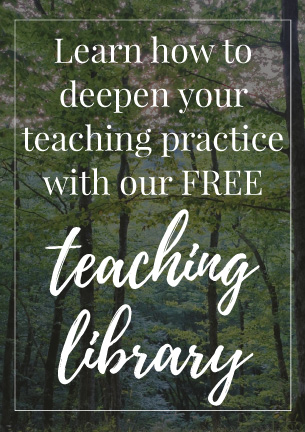
These are gorgeous! Will be putting it on our “to-do” list when we are going to venture outside!
Love it. Going to try it. Autumn in Oz now so there are lots of leaves ?
Beautiful activity. Difficult to recreate in our dry garden but a wonderful example and motivational.
Thanks for the brilliant creative ideas
Thank you for the wonderful creative pattern in nature and make students to be bonded with nature through Mathematics
Thanks for sharing we are doing this right now! Love the nature mandala.
I enjoy all the opportunities for outside and what can be done, If I as the teacher enjoy the time outside I know the kids are on board. So many experiences for hands on!!
It’s pure magic! Yes! The experiences are endless, engaging, and oh so rich!
Great?